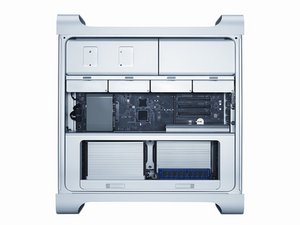Is it possible to have separate ssd's for the os and for user data?
I have a 2009 Mac Pro running High Sierra. I bought the computer second hand which came with an M.2 ssd preinstalled. I have updated the firmware to allow for High Sierra.
The ssd does not have very much storage but its fast, so I would like to buy a sata ssd for the user data and apps but keep the M.2 ssd for the operating system which would keep the speed and increase the storage without needing to use anymore of the pcie slots or spend money on the M.2 drives. Would it be possible to split the location of the computer files? Thanks

 9
9  4
4 
 970
970 
